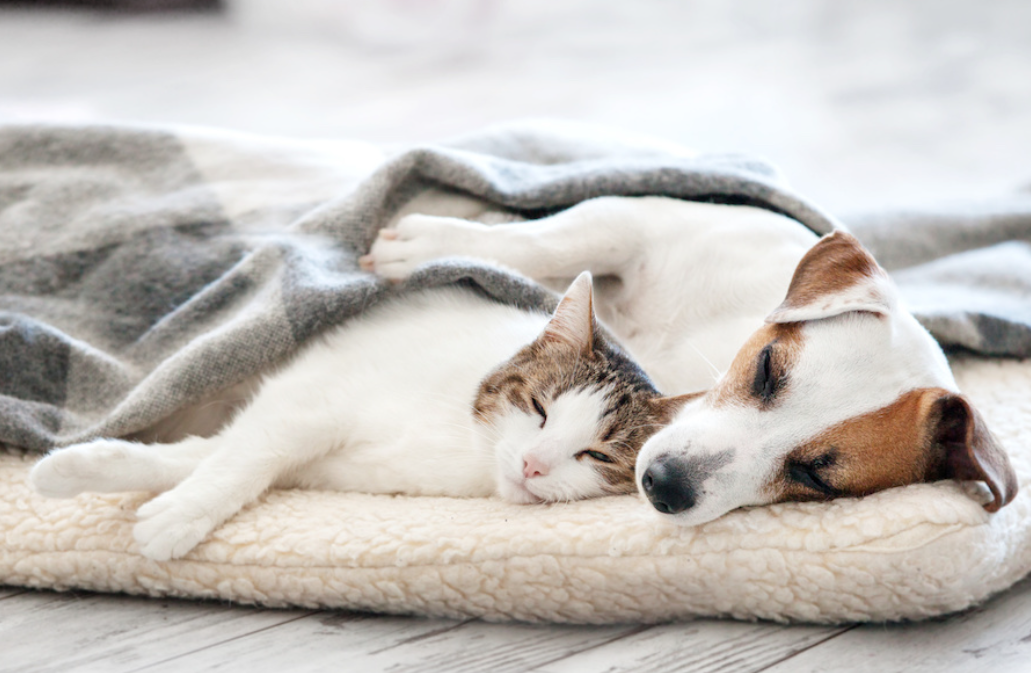Whether you’re a seasoned pet owner or a newcomer excited to welcome a furry friend into your life, ensuring the safety of your pet and the protection of your belongings is paramount. Pets, much like curious toddlers, have a knack for finding their way into potentially hazardous situations. Fortunately, with some foresight and preparation, you can create a safe environment that both your pets and your possessions can coexist in harmoniously.
Understanding the Basics of Pet-Proofing
Pet-proofing your home involves more than just safeguarding your belongings against playful paws and curious noses. It’s about creating an environment where your pets can explore, play, and rest without coming into harm’s way. This not only involves physical modifications to your living space but also adapting your daily routines and habits to accommodate your pet’s safety.
The Living Room: A Safe Haven
The living room is often the heart of the home and a space where pets love to spend their time. Start by securing loose wires and small objects that could pose choking hazards. Houseplants can add a touch of nature to your living space, but many common plants are toxic to animals. Research and remove any plants that could endanger your pet’s health. Additionally, consider investing in pet-friendly furniture and accessories that can withstand the occasional scratch or bite.
The Kitchen: A Zone of Caution
Kitchens are full of potential dangers for pets, from sharp objects to toxic foods. Keep cleaning supplies and chemicals in secure cabinets. Ensure trash is contained in a pet-proof bin to prevent your furry friends from rummaging through potentially dangerous items. When cooking or handling hot items, be mindful of curious pets that may be underfoot to prevent accidents.
Bedrooms and Private Spaces: Safe Zones
Your pet should have a safe, comfortable space in every area of the house they’re allowed in. Ensure small items like jewellery, hair accessories, and coins are kept out of reach. If there are rooms where your pet is not allowed, consider installing pet gates to restrict access.
Outdoor Areas: Freedom with Boundaries
If you have outdoor spaces, ensure fences are secure and free of gaps that could become escape routes. Remove toxic plants and secure swimming pools or ponds to prevent unsupervised access. Always supervise your pets when they are outdoors to ensure their safety.
Emergency Preparedness: Planning Ahead
In the unfortunate event of an emergency, having a plan in place is crucial. This includes knowing how to quickly evacuate your pets and having an emergency kit ready. Familiarise yourself with basic pet first aid and consider taking courses for more comprehensive training. A unique and highly effective way to prepare for potential emergencies is through BBQ fire simulator training. Such training can provide invaluable experience in handling fire-related emergencies, ensuring you’re prepared to protect both your pets and home.
Final Thoughts
Pet-proofing your home is an ongoing process that evolves with your pet’s age, size, and behaviour. Regularly assess your home for potential hazards and make adjustments as needed. Remember, the goal is to create a safe, loving environment where your pets can thrive – with patience, preparation, and vigilance, you can ensure the safety of your furry family members and the security of your belongings.

